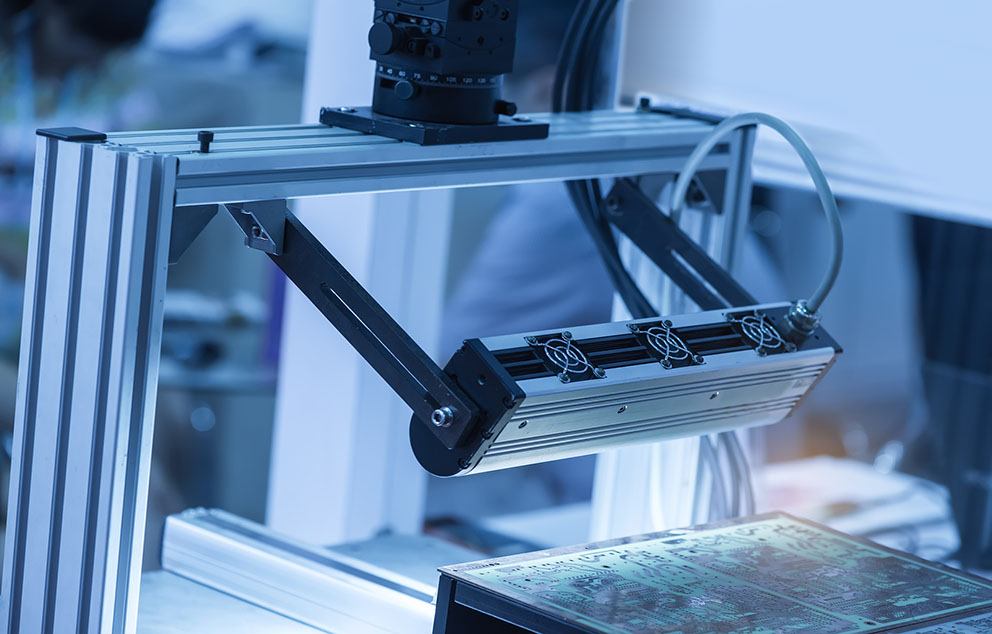- Have any questions? Contact Us Now !
- +65 6547 4162
- sales@bestell.com.sg
Area Scan vs. Line Scan Camera: The Difference
Why A Smart Camera’s Sensor Resolution Matters
January 4, 2018What Are The Components of A Machine Vision System
January 8, 2018Area Scan vs. Line Scan Camera: The Difference

There are many factors to take into consideration when it comes to designing a machine vision system. Yet, every user is confronted with one common question – whether to use an area scan camera or a line scan camera. This is actually a critical decision to make as it can affect certain operations or processes in the business.
First of all, it is important to note that line scan and area scan cameras basically perform the same role and function. However, they differ a lot when it comes to capturing images. In this article, we are going to present the difference between these two types of cameras.
Composition
Area scan cameras are made up of a matrix of pixels that allow the device to capture a 2D image in a single exposure cycle with both vertical and horizontal elements. On the other hand, the line scan cameras only have a single row of pixels. When either the sensor moves over an object or the object passes under the sensor, the 2D image is constructed line-by-line.
Usage
Easy to install and integrate into the system, area scan cameras are usually used in relatively less complex processes and when the object is stationary at the time of image capture. Where the objects pass through the scanner at a high speed or the objects cannot be contained in the field of vision, the attached software will have to perform much more image processing work.
In contrast, line scan cameras are able to capture image information at a fast speed and reconstruct the image from there. As such, they are ideal for when objects pass through the sensor at a fast speed. Additionally, due to their compact size, they can easily be fitted into tight spaces. However, they do require a more complex installation process.
Benefits
As already mentioned above, the cameras are essentially responsible for performing the same role but do provide distinct advantages.
Area scan vision:
- Greater flexibility
- Able to capture a defined area quickly.
- Since it provides a fixed resolution, it enables a hassle-free installation processes.
- Where the object involved is stationary, this camera can capture it with accuracy and efficiency.
Line scan vision:
- With its single row of pixels, it is able to build continuous images. As a result, the images have higher resolutions compared to the area scan cameras.
- Able to capture objects that are set in continuous motion.
- Able to fit into tight spaces or areas thus allowing for capture of difficult to reach parts of the system. For example, when the camera needs to peek through the converyor belt to capture the bottom surface of an object.
Now that you have seen some of the basic comparisons as well as the different benefits that you may derive from your choice of camera, the next step is to engage the services of a professional vision camera expert. His expertise is necessary in inspecting the exact needs of your business and helping you to make an informed business decision.
